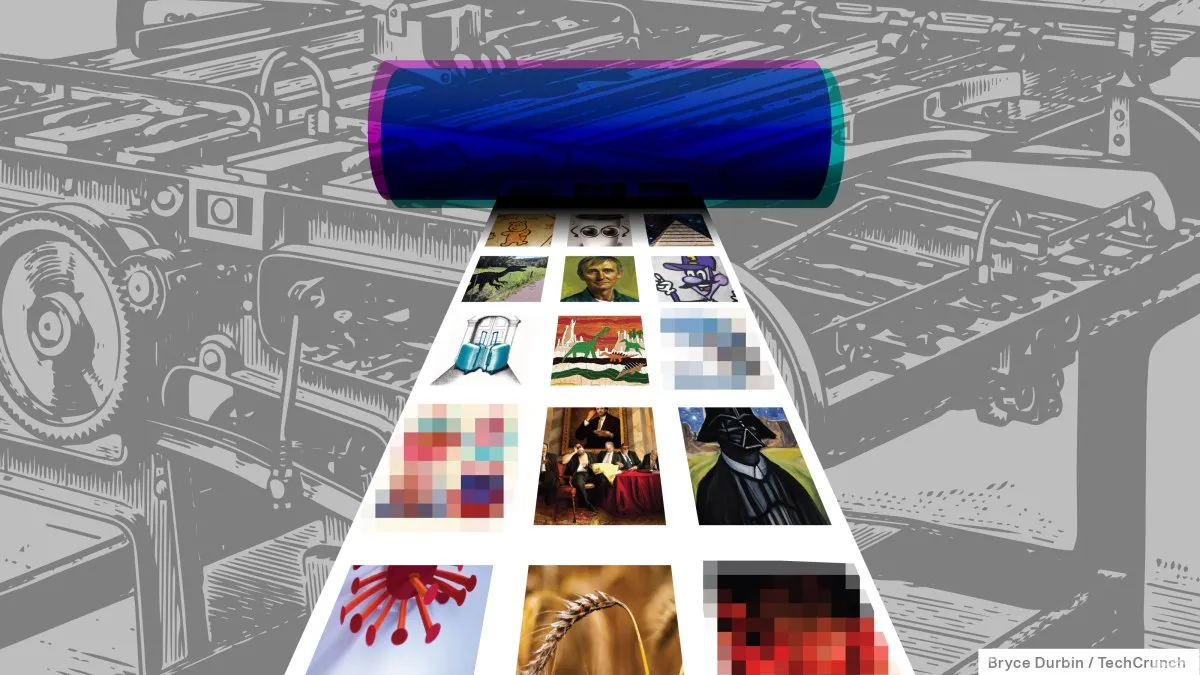
Today marks a significant milestone for AI image generator Midjourney as it releases its first new model in quite some time, aptly named V7. This innovative model represents a comprehensive rework, now available in alpha for users eager to explore its enhanced capabilities. The V7 model introduces two primary areas of improvement: superior image quality and a variety of new tools and workflows.
One of the standout features of the Midjourney V7 model is its promise of much higher coherence and consistency in the generation of images. This includes notable enhancements in rendering intricate details such as hands, fingers, body parts, and various objects. Users can expect to see much more realistic textures and materials, capturing subtle elements like skin wrinkles and the delicate nuances of a ceramic pot. While it's important to note that Midjourney does not claim to have made AI images completely indistinguishable to the trained eye, the model has significantly reduced the previous messiness often associated with AI-generated images.
On the features front, the highlight of V7 is the introduction of Draft Mode. According to Midjourney's various communication channels, including their blog and Discord, Draft Mode operates at half the cost and delivers images at ten times the speed of other modes. However, it's essential to understand that the images produced in Draft Mode are of lower quality, making it unsuitable for final outputs. Instead, this mode facilitates quick iterations and experimentation to help users refine their desired results before switching to higher-quality rendering modes.
The V7 model also comes equipped with two distinct modes: Turbo and Relax. The Turbo mode generates final images rapidly but at double the cost in terms of credit usage. In contrast, Relax mode prioritizes quality over speed, taking its time to produce images while being half as expensive. Interestingly, Midjourney has yet to introduce a standard mode for V7, which they plan to refine further in the future.
In a significant advancement, V7 incorporates personalization features by default. This means that users can train the model by selecting at least 200 images to create a tailored aesthetic profile. Through this personalization process, users are presented with a choice between pairs of images numerous times, enabling the AI to learn their preferences and generate images that resonate with their tastes. For those who prefer not to utilize personalization, this feature can still be disabled just like in previous versions.
Midjourney has established itself as one of the pioneering tools in the realm of AI image generation. Initially launched on Discord with a complex syntax, it has since evolved to feature a more intuitive web interface. A significant portion of the AI art circulating on social media platforms has been created using Midjourney, making it a crucial component for many AI video creators who often initiate their projects with images generated by this tool before transitioning to applications like Runway for video production.
However, the success of Midjourney has not come without challenges. The platform has faced multiple lawsuits and is central to the ongoing debate about the legality of training AI models on copyrighted content found online. Users familiar with Midjourney know that it has been trained on copyrighted works, sometimes even generating watermarks and artist signatures in its outputs.
Looking ahead, Midjourney has announced plans to launch hardware in the future, though specific details regarding what this hardware will entail remain unclear. As the AI image generation landscape continues to evolve, all eyes will be on Midjourney to see how it adapts and innovates further.